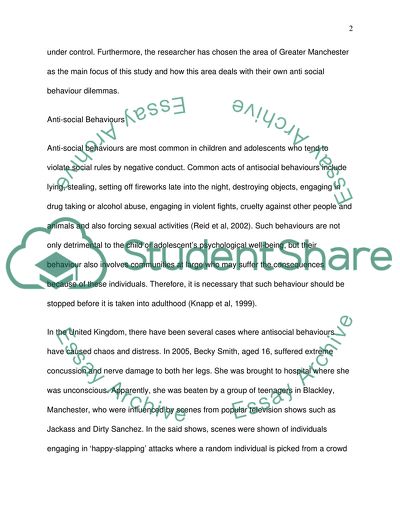Cite this document
(Anti-Social Behaviour and How It Affects the Entire Community Term Paper, n.d.)
Anti-Social Behaviour and How It Affects the Entire Community Term Paper. Retrieved from https://studentshare.org/social-science/1719910-does-controlling-asb-work-do-anti-social-behaviour-orders-work-1500-report-500-commentary
Anti-Social Behaviour and How It Affects the Entire Community Term Paper. Retrieved from https://studentshare.org/social-science/1719910-does-controlling-asb-work-do-anti-social-behaviour-orders-work-1500-report-500-commentary
(Anti-Social Behaviour and How It Affects the Entire Community Term Paper)
Anti-Social Behaviour and How It Affects the Entire Community Term Paper. https://studentshare.org/social-science/1719910-does-controlling-asb-work-do-anti-social-behaviour-orders-work-1500-report-500-commentary.
Anti-Social Behaviour and How It Affects the Entire Community Term Paper. https://studentshare.org/social-science/1719910-does-controlling-asb-work-do-anti-social-behaviour-orders-work-1500-report-500-commentary.
“Anti-Social Behaviour and How It Affects the Entire Community Term Paper”, n.d. https://studentshare.org/social-science/1719910-does-controlling-asb-work-do-anti-social-behaviour-orders-work-1500-report-500-commentary.


